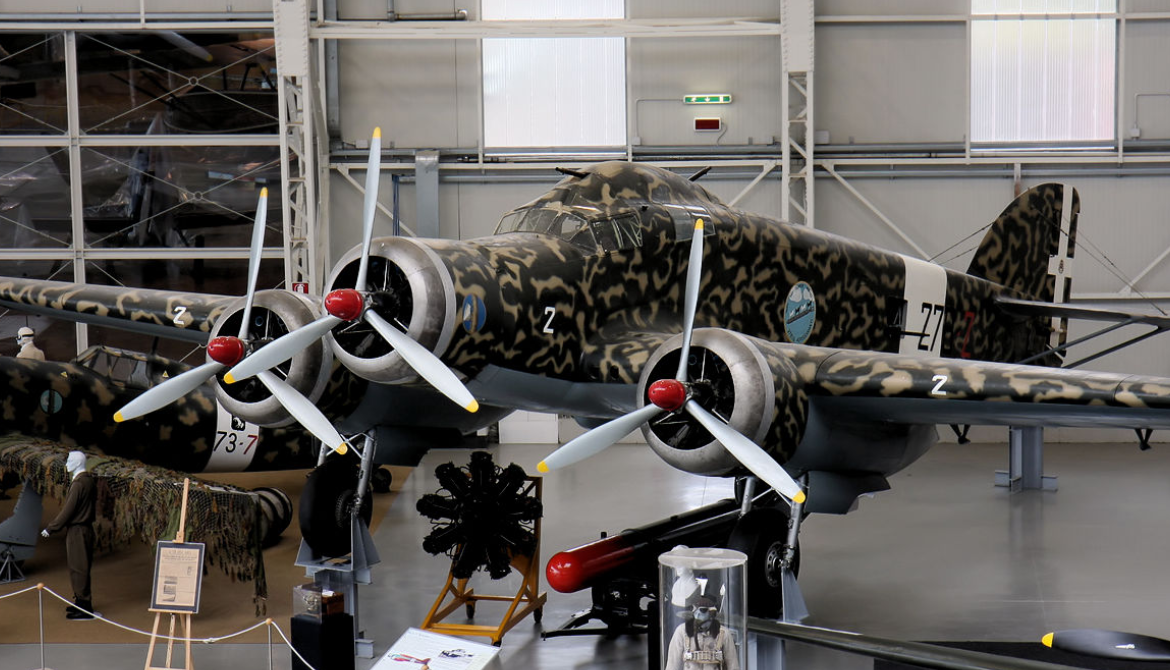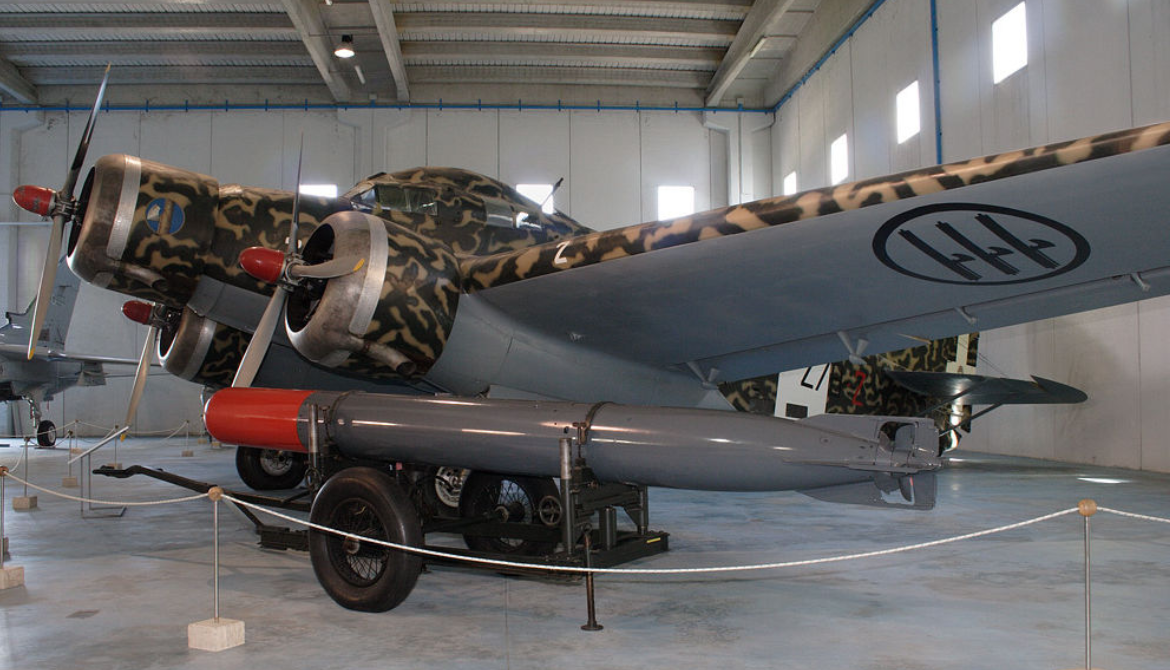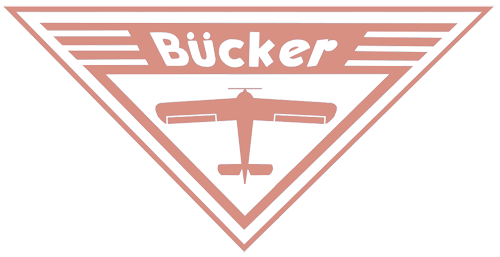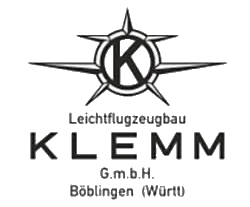Savoia-Marchetti SM.79 Sparviero sparrowhawk
|
|||||||||||||||||||||||||||||||
.
History Savoia-Marchetti
SM.79 Sparviero
(Italian for sparrowhawk)
Manufactured 1936–1945 First flight 28 September 1934
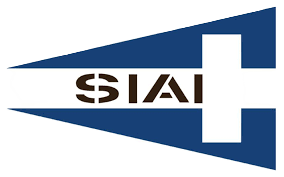
The SM.79 was developed in the early 1930s. It was a cantilever low-wing monoplane of combined wood and metal construction, designed with the intention of producing a swift eight-passenger transport aircraft capable of besting the fastest of its contemporaries, but its potential as a combat aircraft quickly attracted the attention of the Italian government. Performing its first flight on 28 September 1934, early examples of the type established 26 separate world records between 1937 and 1939, qualifying it for some time as the fastest medium bomber in the world. As such, the SM.79 quickly came to be regarded as an item of national prestige in Fascist Italy, attracting significant government support and often being deployed as an element of state propaganda. Early on, the aircraft was routinely entered in competitive fly-offs and air races, seeking to capitalise on its advantages, and often emerged victorious in such contests.
The Savoia-Marchetti SM.79 Sparviero (Italian for sparrowhawk) is a three-engined medium bomber developed and manufactured by the Italian aviation company Savoia-Marchetti. It may be the best-known Italian aeroplane of the Second World War. The SM.79 was easily recognizable due to its fuselage's distinctive dorsal "hump", and was reportedly well liked by its crews, who nicknamed it il gobbo maledetto ("damned hunchback").
Development

In 1934, Italian aircraft manufacturer Savoia-Marchetti started work on what would become the SM.79. The design team was headed by aeronautical engineer Alessandro Marchetti. It had originally been conceived as a fast monoplane transport aircraft, capable of accommodating up to eight passengers and of being used in air racing (such as the London-Melbourne race). The design, which was initially designated as the SM.79P (P stood for passenger), was once intended to be a civil derivative of the Savoia-Marchetti SM.81, a militarised transport/bomber aircraft that was itself based upon the Savoia-Marchetti S.73 airliner.
The company quickly set about the construction of a single prototype of its design, being keen to participate in the high-profile London-Melbourne race if possible. The SM.79 had a three-engine configuration (two in mid-wing positions and the third mounted upon the nose) due to commercial safety concerns rather than for speed. Originally, there had been plans to adopt the 597 kW (801 hp) Isotta-Fraschini Asso XI Ri as the aircraft's powerplant; however, it was decided to revert to the less powerful 440 kW (590 hp) Piaggio Stella P.IX R.C.40, a derivative of the license-produced model of the British Bristol Jupiter, on which many of Piaggio's engines were based.
Variants
- SM.79
- Prototype S.79P (civil variant), powered by radial engines Piaggio Stella P.IX (610 cv). Roll-out 28 September 1934. The first flight was conducted on 8 October 1934. During spring 1935, it was re-equipped with Alfa Romeo 125 RC.35 (590–750 cv) and used as fast airliner for Regia Aeronautica and for some reconnaissance missions over Ethiopia.
0
KmCeiling
0
KmCombat RANGE
0
Km.hAircraft Speed
0
Max Crew
Photo Gallery
Savoia-Marchetti
SM.79 Sparviero
(Italian for sparrowhawk)
Manufactured 1936–1945 First flight 28 September 1934


Savoia-Marchetti SM.79 Sparviero (Italian for sparrowhawk) Manufactured 1936–1945
First flight 28 September 1934
Info Panavia Tornado Gr.4
-
-
- Crew: 6 (pilot, co-pilot, flight engineer/gunner, radio operator, bombardier, rear gunner)
- Length: 16.2 m (53 ft 2 in)
- Wingspan: 20.2 m (66 ft 3 in)
- Height: 4.1 m (13 ft 5 in)
- Wing area: 61.7 m2 (664 sq ft)
-
Powerplant
- Empty weight: 7,700 kg
- Gross weight: 10,050 kg
- Powerplant: 3 × Alfa 128 R.C.18 9-cylinder air-cooled radial piston engines, 642 kW (861 hp) each
- Propellers: 3-bladed variable-pitch propellers
-
-
Performance
- Maximum speed: 460 km/h (290 mph, 250 kn) at 3,790 m
- Range: 2,600 km
- Service ceiling: 7,500 m
- Rate of climb: 5.3 m/s (1,040 ft/min)
- Wing loading: 165 kg/m2
Armament
-
- Guns:
- 1 × 12.7 mm (0.5 in) forward Breda-SAFAT machine gun
- 2 × 12.7 mm (0.5 in) dorsal Breda-SAFAT machine gun 1 at the top, 1 in the belly (optional).
- 2 × 7.7 mm (0.303 in) machine guns in lateral "waist-gun" ports (optional)
- Bombs: 1,200 kg (2,645 lb) internal bomb load or an external 450-millimetre (17.72 in) torpedo
-
-
- Guns:
Links to Youtube & Others
The Tornado ADV (air defence variant) was an interceptor variant of the Tornado, developed for the RAF (designated Tornado F2 or F3) and also operated by Saudi Arabia and Italy.
Savoia-Marchetti
SM.79 Sparviero
Operated by Germany and Italy, the ECR (Electronic Combat / Reconnaissance)
Youtube Link
The Savoia-Marchetti SM.79 was a record-breaking fast transport that was converted for military service, becoming the most common Italian bomber and possibly the best-known Italian aircraft of the Second World War.




